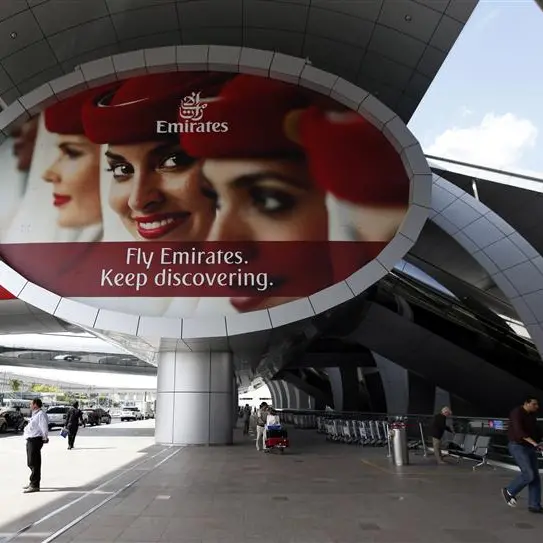PHOTO
22 October 2015
Doha: No less than four Qatar-based banks figured in the top 15 Islamic banks in the World Islamic Banking Conference (WIBC) Leaderboard, in terms of cost-to-income ratio in 2015. The WIBC Leaderboard announced yesterday Qatar-based Masraf Al Rayan led the global cost-to-income ratio rankings with a ratio of 20.6 percent. Next on the ranking charts is Qatar International Islamic Bank (QIIB) and Malaysia-based Bank Kerjasama Rakyat Malaysia with a ratio of 24.4 percent and 25.4 percent, respectively.
Cost-to-income ratio is one of the financial performance sub-indicators of the Leaderboard.
The WIBC Leaderboard is an innovative performance assessment framework designed by Middle East Global Advisors, the conveners of the much-acclaimed World Islamic Banking Conference (WIBC), as part of its efforts to improve the quality and performance of the Islamic banking industry.
The cost-to-income ratio is a key financial measure used to gauge the efficiency of a bank. It is calculated based on non-interest operating cost divided by the sum of net interest income and non-interest operating income. The ratio gives a clear view of how efficiently a bank is operating at and what portion of costs can be covered by income.
In short, the lower the ratio, the higher the ranking of the bank. Highlighting the importance of cost-to-income ratio as a measure to gauge performance, Jordan Islamic Bank's Chief Executive Officer Musa Shihadeh said: "This ratio is an important indicator of how efficient a bank is in keeping its cost low. In this age of digital transformation and intense competition from both big banks and small lenders, it is imperative that banks cut down their costs as well as focus on areas to increase income as this ratio is equally affected by how banks generate income. "
Reiterating the views of Shihadeh, Dr Sayd Farook, Vice-Chairman and CEO of Middle East Global Advisors, said: "By virtue of its business model, Islamic banks are able to keep their costs low as they do not participate in volatile market based activities. However, this decreases Islamic banks' income generating avenues. In light of such issues, cost-to-income ratio helps banks in keeping track of their financial performance by readjusting costs and focus on revenue generating streams in case they fall below the industry benchmark."
Cost-to-income ratio is an important indicator for bank managers regarding the financial strength of their banks. It has never been more important than now for banks to achieve operational excellence given the range of headwinds they face, ranging from the challenge of regulatory requirements to the imperative of managing volatility in global financial markets.
Doha: No less than four Qatar-based banks figured in the top 15 Islamic banks in the World Islamic Banking Conference (WIBC) Leaderboard, in terms of cost-to-income ratio in 2015. The WIBC Leaderboard announced yesterday Qatar-based Masraf Al Rayan led the global cost-to-income ratio rankings with a ratio of 20.6 percent. Next on the ranking charts is Qatar International Islamic Bank (QIIB) and Malaysia-based Bank Kerjasama Rakyat Malaysia with a ratio of 24.4 percent and 25.4 percent, respectively.
Cost-to-income ratio is one of the financial performance sub-indicators of the Leaderboard.
The WIBC Leaderboard is an innovative performance assessment framework designed by Middle East Global Advisors, the conveners of the much-acclaimed World Islamic Banking Conference (WIBC), as part of its efforts to improve the quality and performance of the Islamic banking industry.
The cost-to-income ratio is a key financial measure used to gauge the efficiency of a bank. It is calculated based on non-interest operating cost divided by the sum of net interest income and non-interest operating income. The ratio gives a clear view of how efficiently a bank is operating at and what portion of costs can be covered by income.
In short, the lower the ratio, the higher the ranking of the bank. Highlighting the importance of cost-to-income ratio as a measure to gauge performance, Jordan Islamic Bank's Chief Executive Officer Musa Shihadeh said: "This ratio is an important indicator of how efficient a bank is in keeping its cost low. In this age of digital transformation and intense competition from both big banks and small lenders, it is imperative that banks cut down their costs as well as focus on areas to increase income as this ratio is equally affected by how banks generate income. "
Reiterating the views of Shihadeh, Dr Sayd Farook, Vice-Chairman and CEO of Middle East Global Advisors, said: "By virtue of its business model, Islamic banks are able to keep their costs low as they do not participate in volatile market based activities. However, this decreases Islamic banks' income generating avenues. In light of such issues, cost-to-income ratio helps banks in keeping track of their financial performance by readjusting costs and focus on revenue generating streams in case they fall below the industry benchmark."
Cost-to-income ratio is an important indicator for bank managers regarding the financial strength of their banks. It has never been more important than now for banks to achieve operational excellence given the range of headwinds they face, ranging from the challenge of regulatory requirements to the imperative of managing volatility in global financial markets.
© The Peninsula 2015












